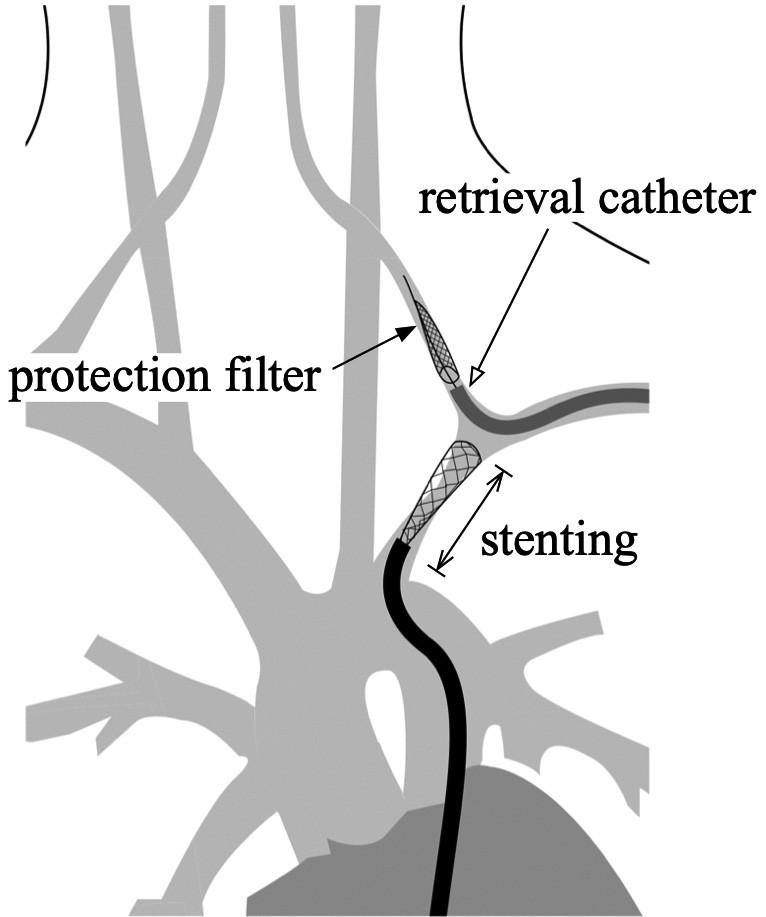- 著者
- Tetsuo YAMAMOTO Manabu KINOSHITA Nariyoshi SHINOMIYA Sadayuki HIROI Hidekazu SUGASAWA Yoshitaro MATSUSHITA Takashi MAJIMA Daizoh SAITOH Shuhji SEKI
- 出版者
- Journal of Radiation Research Editorial Committee
- 雑誌
- Journal of Radiation Research (ISSN:04493060)
- 巻号頁・発行日
- vol.51, no.2, pp.145-156, 2010 (Released:2010-03-25)
- 参考文献数
- 38
- 被引用文献数
- 38 28
While bone marrow or stem cell transplantation can rescue bone marrow aplasia in patients accidentally exposed to a lethal radiation dose, radiation-induced irreversible gastrointestinal damage (GI syndrome) is fatal. We investigated the effects of ascorbic acid on radiation-induced GI syndrome in mice. Ascorbic acid (150 mg/kg/day) was orally administered to mice for 3 days, and then the mice underwent whole body irradiation (WBI). Bone marrow transplantation (BMT) 24 h after irradiation rescued mice receiving a WBI dose of less than 12 Gy. No mice receiving 14 Gy-WBI survived, because of radiation-induced GI syndrome, even if they received BMT. However, pretreatment with ascorbic acid significantly suppressed radiation-induced DNA damage in the crypt cells and prevented denudation of intestinal mucosa; therefore, ascorbic acid in combination with BMT rescued mice after 14 Gy-WBI. DNA microarray analysis demonstrated that irradiation up-regulated expressions of apoptosis-related genes in the small intestine, including those related to the caspase-9-mediated intrinsic pathway as well as the caspase-8-mediated extrinsic pathway, and down-regulated expressions of these genes in ascorbic acid-pretreated mice. Thus, pretreatment with ascorbic acid may effectively prevent radiation-induced GI syndrome.
- 著者
- Nobuyuki MITSUI Manabu KINOSHITA Junji NAKAZAWA Hirokazu OZAKI Teruo KIMURA
- 出版者
- The Japan Neurosurgical Society
- 雑誌
- NMC Case Report Journal (ISSN:21884226)
- 巻号頁・発行日
- vol.10, pp.279-283, 2023-12-31 (Released:2023-10-14)
- 参考文献数
- 12
Endovascular treatment is a standard procedure for subclavian artery stenosis or obstruction. However, great care should be taken to avoid embolic complications to the vertebral artery, and several methods have previously been reported. Hence, as surgical procedures become increasingly complicated, unintended issues may arise during treatment. Here, the authors report a case where the filter-type protection device was caught in the stent because the patient moved during treatment, leading to open surgery to recover the filter-type protection device. A 78-year-old female suffering from a left subclavian steal syndrome underwent stenting due to subclavian artery stenosis. The stenotic lesion was approached via the transfemoral route, and a filter-type protection device was advanced to the vertebral artery via the transbrachial route to prevent embolic complications. As the procedure was performed under local anesthesia, the patient moved during stent deployment proximally to the left vertebral artery origin, and the stent unintentionally advanced distally, covering the vertebral artery and obstructing the retrieval catheter for the filter-type protection device to advance. Failed attempts in recovering the filter-type protection device required open surgery for retrieval. Fortunately, there was no postoperative neurological and radiographic complication, ameliorating her chief complaint. The retriever catheter for the protection device should be advanced beyond the vertebral artery orifice just proximal to the protection device before stenting to avoid such complications while also thoroughly considering the type of anesthesia during treatment.
- 著者
- Manabu KINOSHITA Yonehiro KANEMURA Yoshitaka NARITA Haruhiko KISHIMA
- 出版者
- The Japan Neurosurgical Society
- 雑誌
- Neurologia medico-chirurgica (ISSN:04708105)
- 巻号頁・発行日
- pp.ra.2021-0133, (Released:2021-08-06)
- 参考文献数
- 97
- 被引用文献数
- 1
A novel radiological research field pursuing comprehensive quantitative image, namely “Radiomics,” gained traction along with the advancement of computational technology and artificial intelligence. This novel concept for analyzing medical images brought extensive interest to the neuro-oncology and neuroradiology research community to build a diagnostic workflow to detect clinically relevant genetic alteration of gliomas noninvasively. Although quite a few promising results were published regarding MRI-based diagnosis of isocitrate dehydrogenase (IDH) mutation in gliomas, it has become clear that an ample amount of effort is still needed to render this technology clinically applicable. At the same time, many significant insights were discovered through this research project, some of which could be “reverse engineered” to improve conventional non-radiomic MR image acquisition. In this review article, the authors aim to discuss the recent advancements and encountering issues of radiomics, how we can apply the knowledge provided by radiomics to standard clinical images, and further expected technological advances in the realm of radiomics and glioma.
